Article Collections
Beyond the Throne: Gayatri Rajapatni's Legacy
Gayatri Rajapatni: A Tale of Empowerment and Influence in Ancient Courts
History frequently tells tales of amazing women who surpassed expectations...
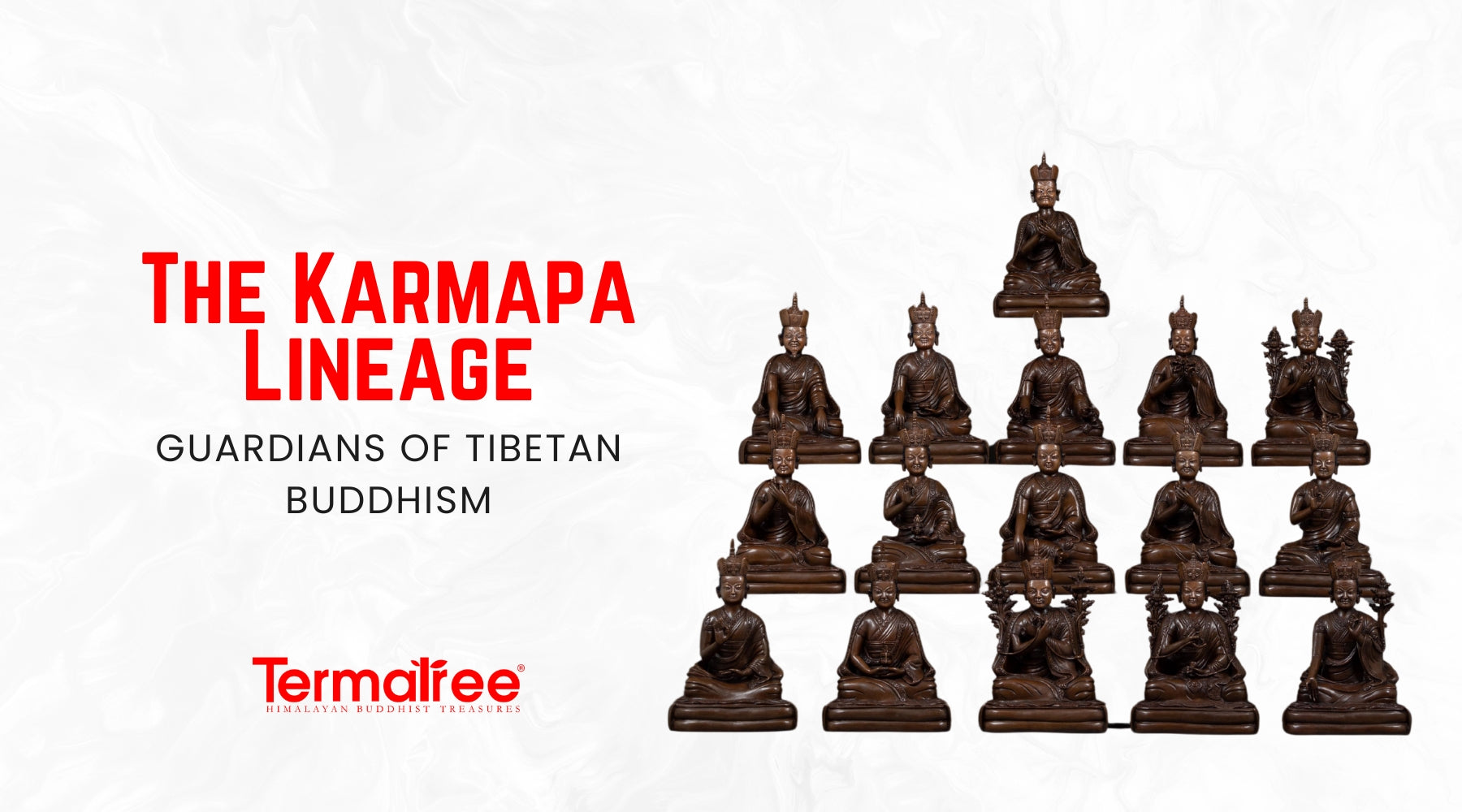
The Karmapa Lineage: Guardians of Tibetan Buddhism
The Karmapa Lineage's Quest for Wisdom: Tradition, Innovation, & Enlightenment
One of the four main lineages of Tibetan Buddhism is the Kagyu l...
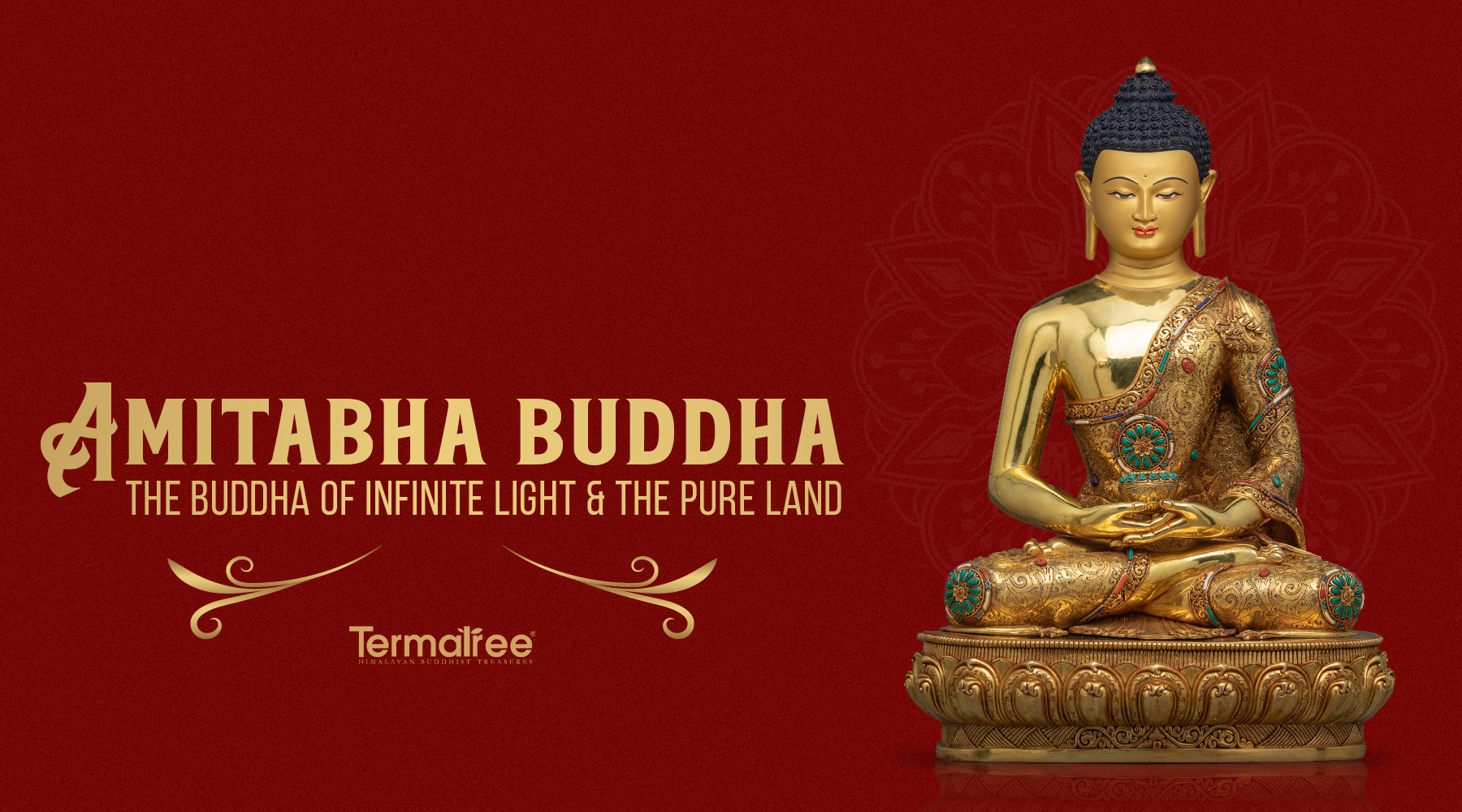
Buddha Amitabha : The Buddha of Infinite Light and the Pure Land
Buddha Amitabha's Path to Liberation: Unveiling the Pure Land Tradition
Amitabha in Sanskrit: 'Infinite Light,' also known as Amitayus ('Infinite...
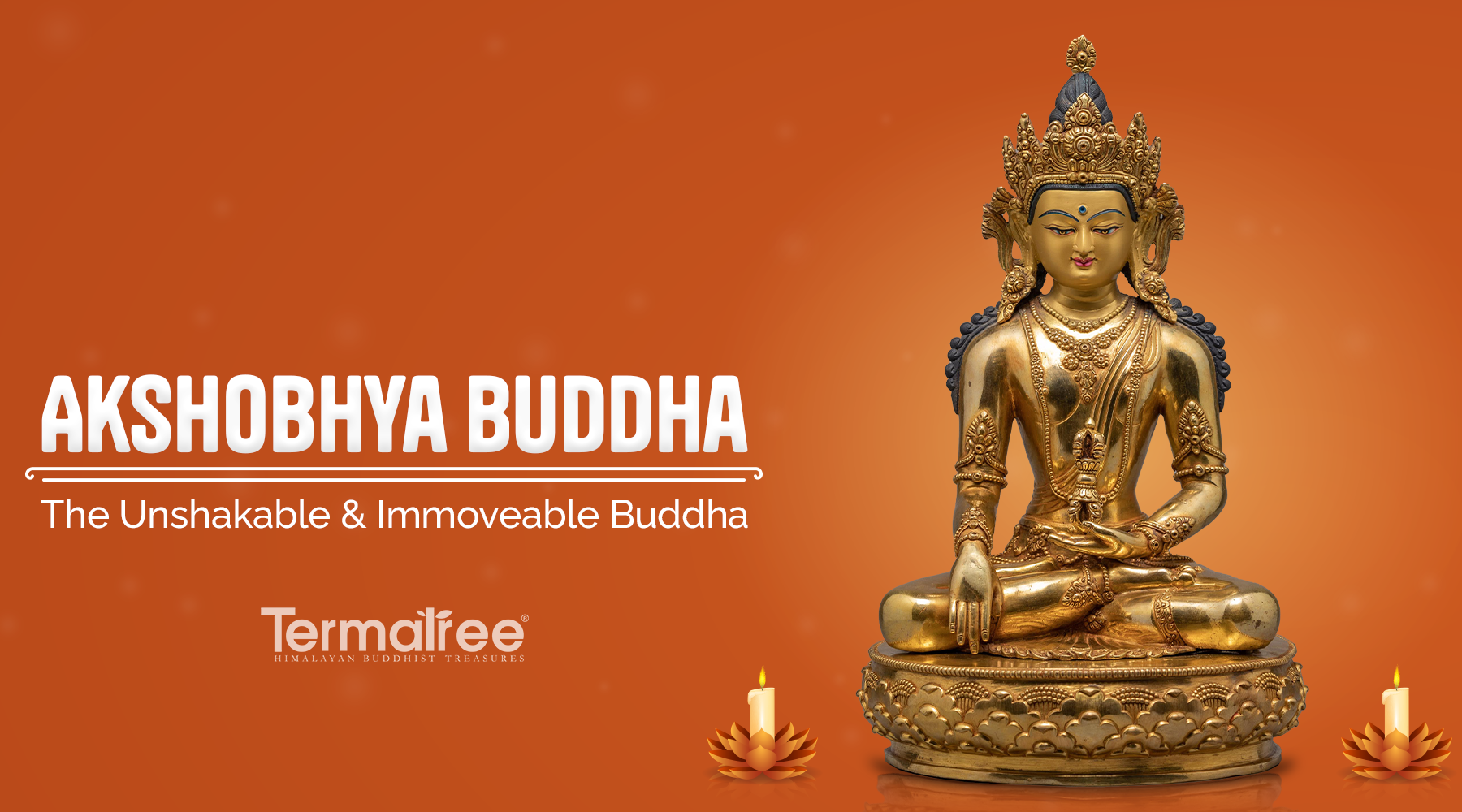
Dhyani Buddha Akshobhya: The Unshakable and Immoveable Buddha
Unshakable Wisdom: Exploring the Enigmatic Dhyani Buddha Akshobhya
Dhyani Buddha Akshobhya is regarded as one of the five Dhyani Buddhas, the supre...
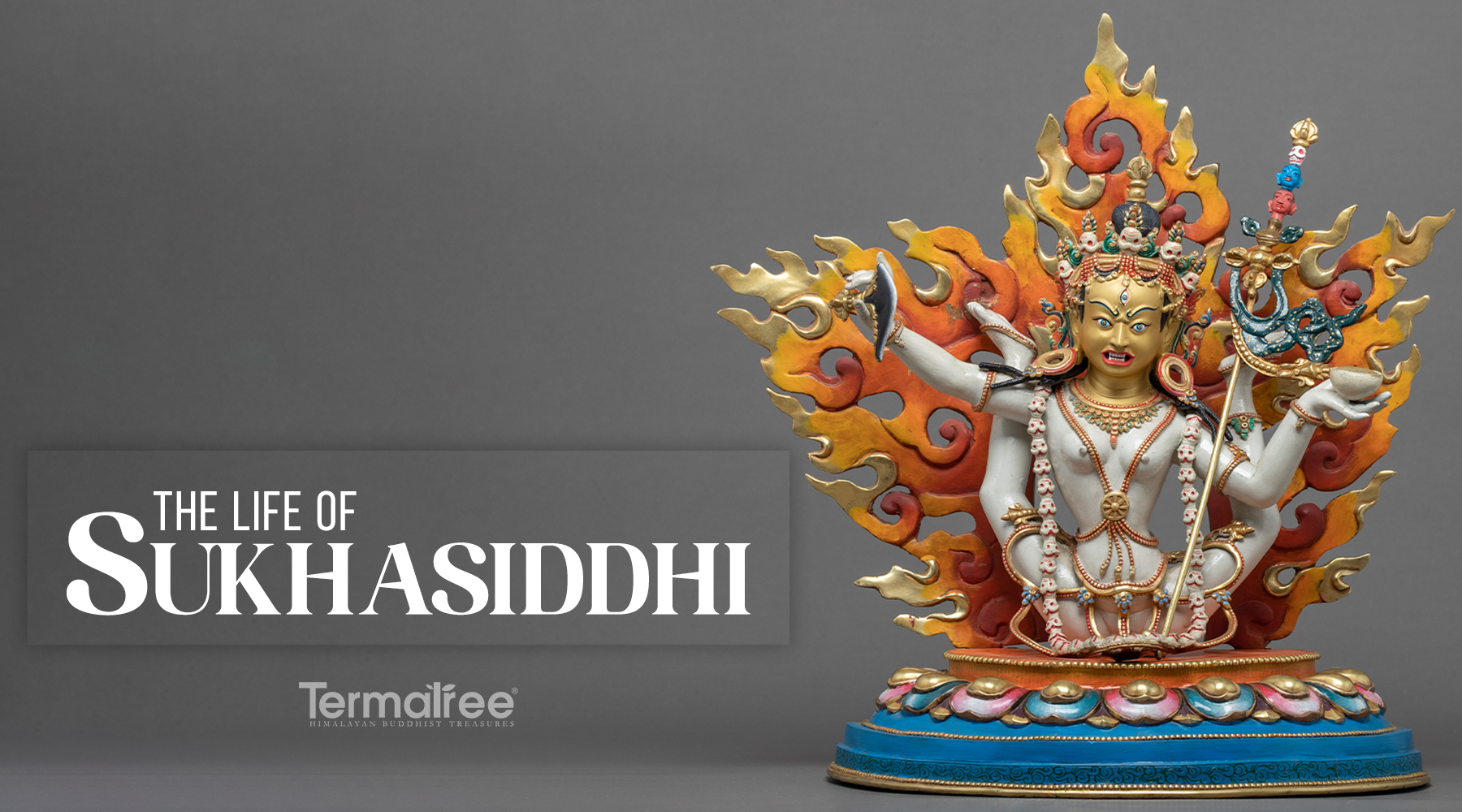
The Life of Sukhasiddhi Yogini: Wisdom Dakini
A Tale of Spiritual Triumph: The Inspiring Life Story of Sukhasiddhi Yogini
Some people stand out as spiritual masters and geniuses in the chronicl...
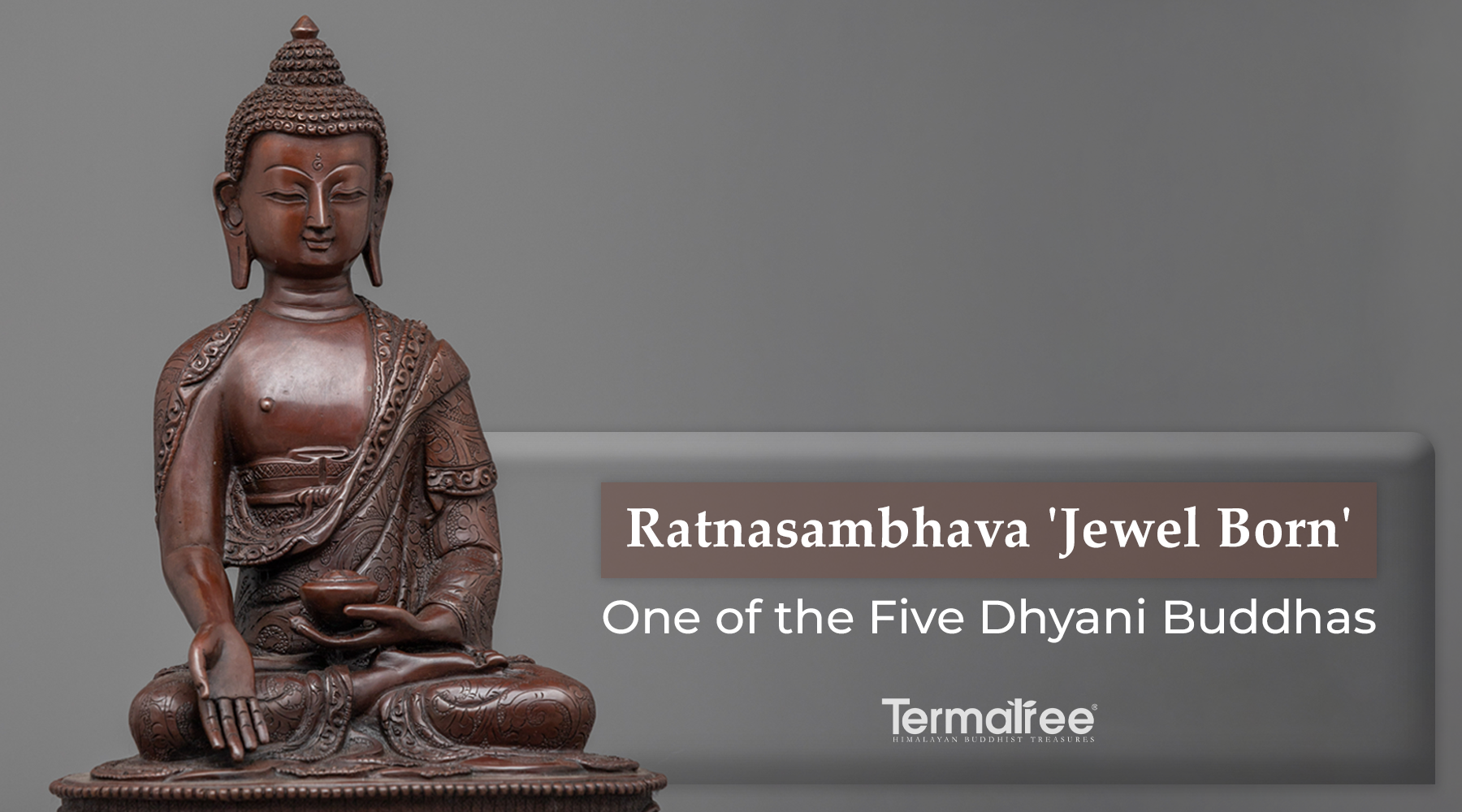
The All-Encompassing Ratnasambhava Buddha: One of the Five Dhyani Buddhas
Empowering Your Soul: Ratnasambhava Buddha's Radiant Blessings
Ratnasambhava, Rin Chen Jung Den (Tib.), meaning the Jewel-Born Buddha, is one of th...
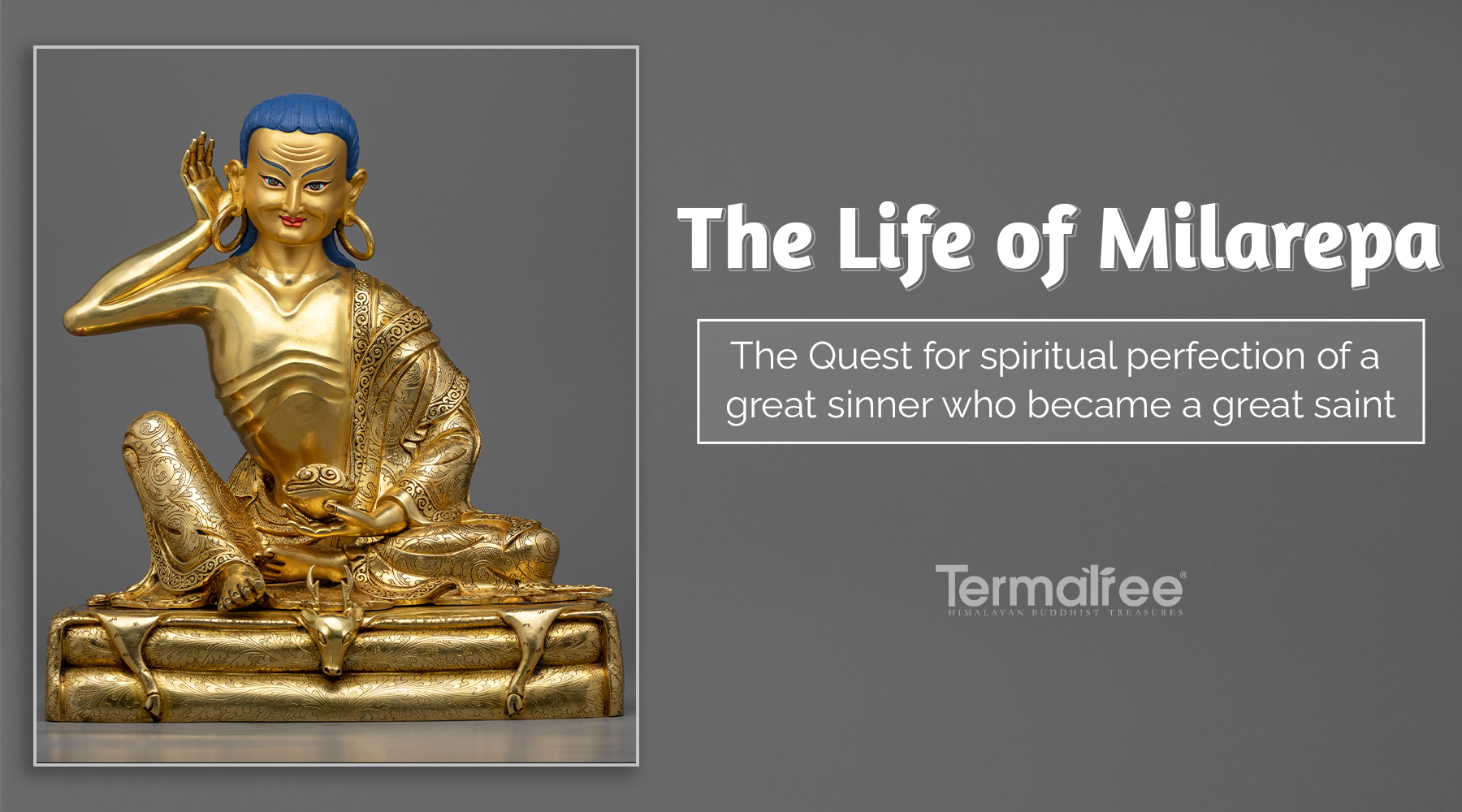
The Life Of Milarepa: The Quest For Spiritual Perfection Of A Great Sinner Who Became A Great Saint
Unveiling the Enigmatic Journey of Jetsun Milarepa: From Sin to Enlightenment
Milarepa stands out among the broad spectrum of spiritual leaders as ...
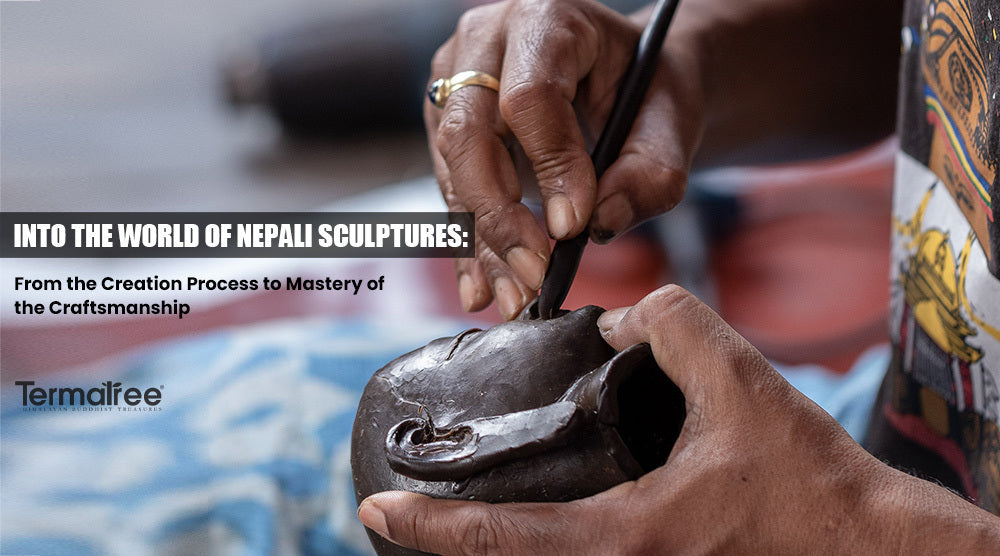
Into the world of Nepali Sculpture: From the Creation Process to Mastery of the Craftsmanship
Eternal Expressions: The Timeless Allure of Nepali Sculpture
The magnificent testimony of Nepal's rich cultural and religious legacy can be seen th...
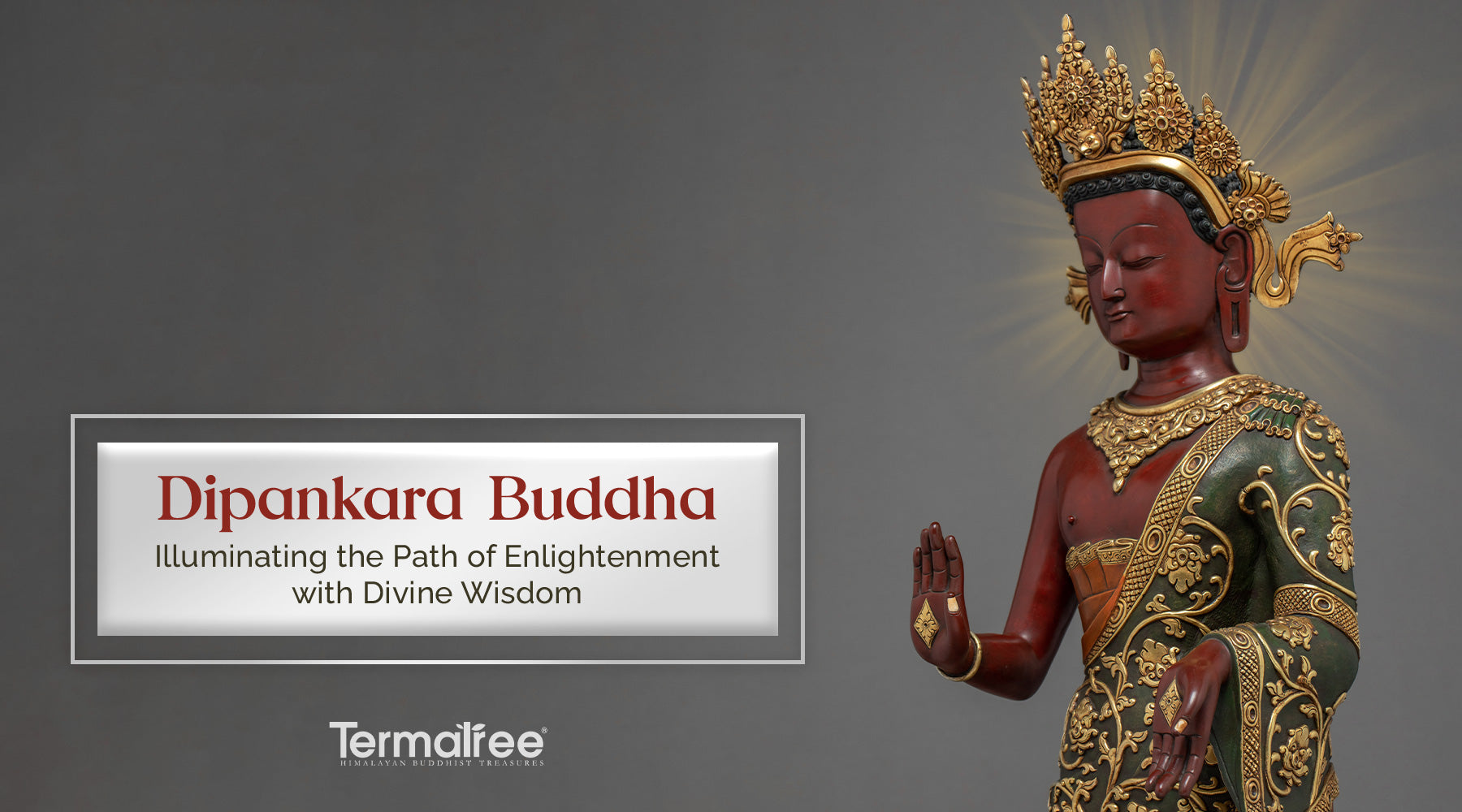
Dipankara Buddha: Illuminating the Path of Enlightenment with Divine Wisdom
Unveiling the Radiance of Dipankara Buddha
The story of Dipankara or Dipankara Buddha is a fascinating voyage through time, rich with symbolic sign...
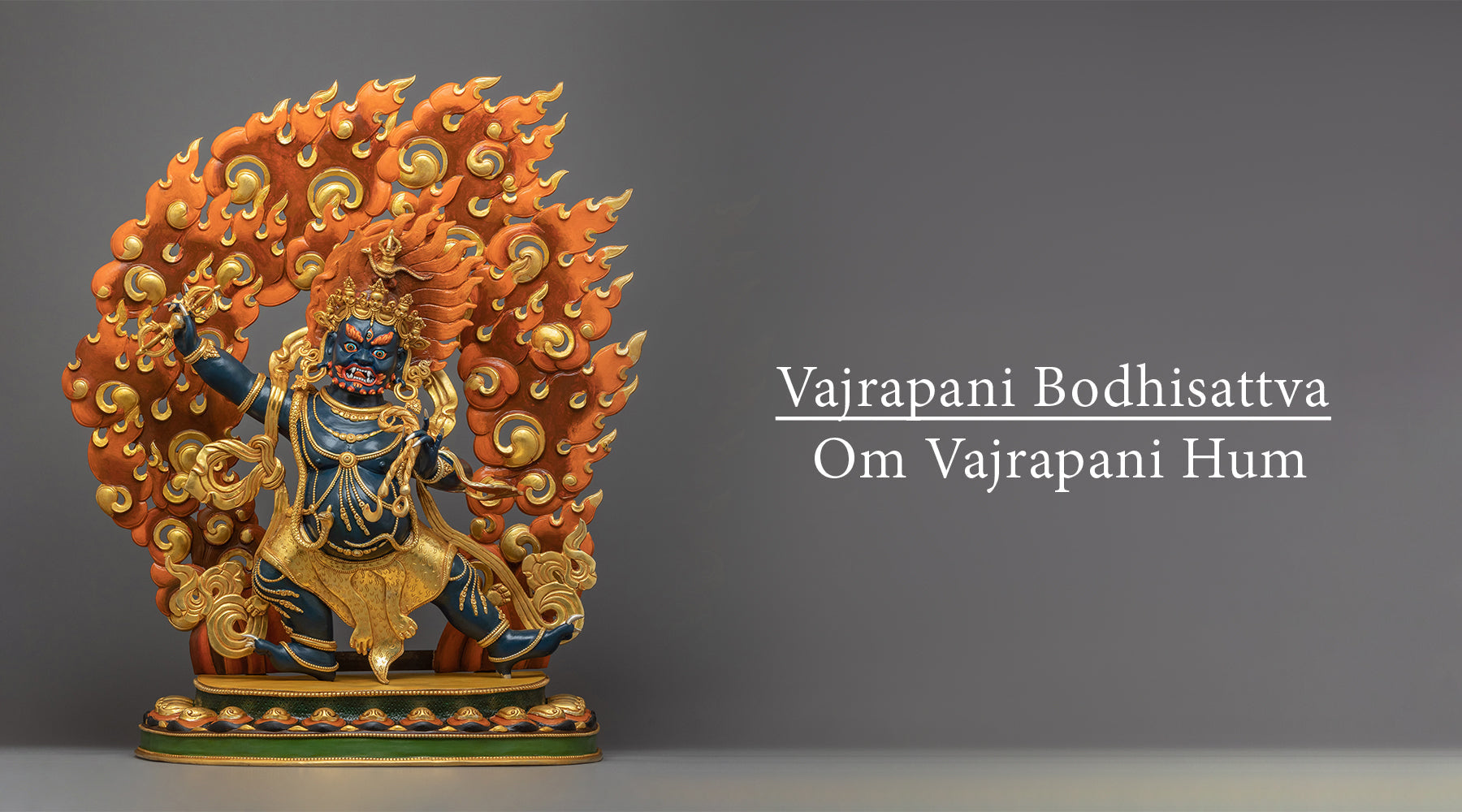
Vajrapani Bodhisattva: Om Vajrapani Hum
Who is Vajrapani Bodhisattva?
Vajrapani also a Bodhisattva is a member of Akshobhya Buddha's Vajra Family. "Om Vajrapani Hum" is his mantra. Vajrap...
